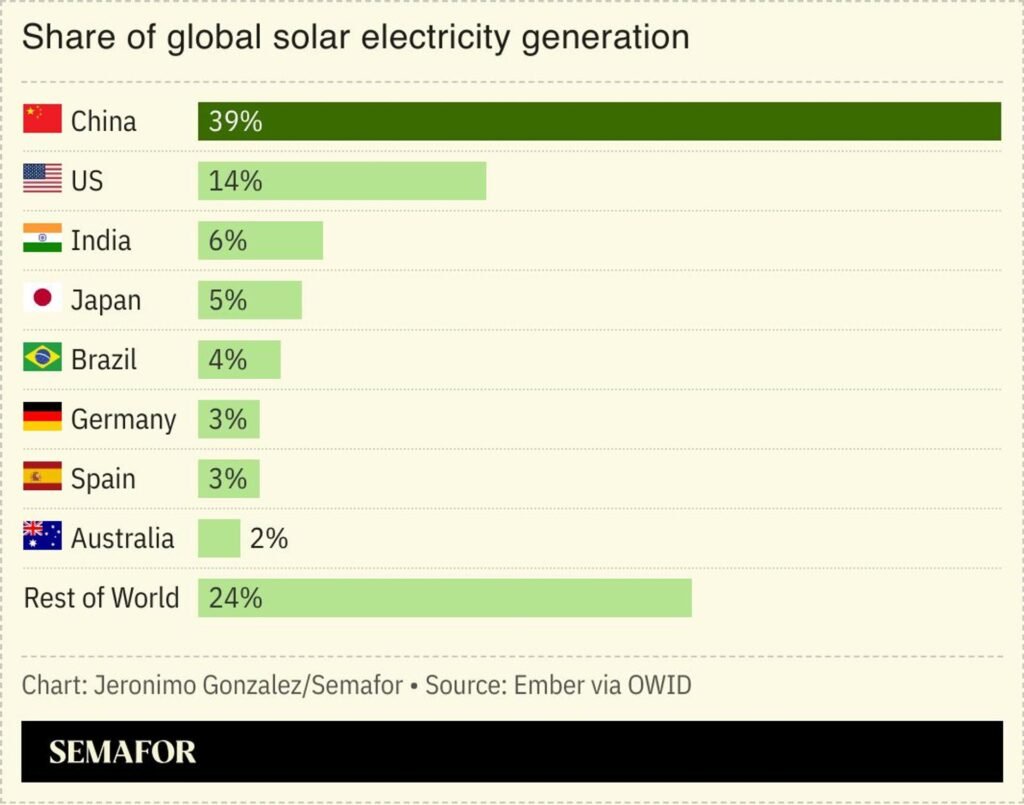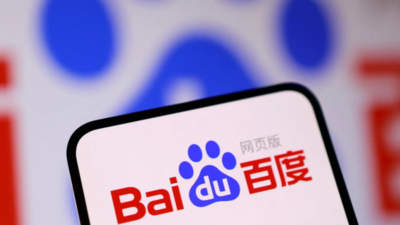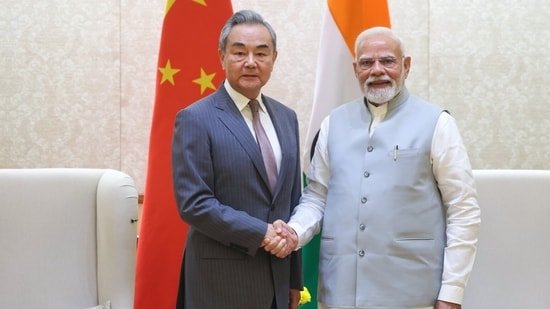
5G-A Photo: VCG
A highly anticipated Jiangsu City Football League (also known as Suchao) match between Nanjing and Yancheng on Sunday in Nanjing, East China’s Jiangsu Province, set a new record in attendance at 60,633, according to official data. As the amateur regional football league gaining increasing popularity, there is also a surging demand for real-time sharing of match updates, interactive participation, and instant access to information. Since the launch of the league in May, China Mobile Jiangsu Co has deployed 5G-advanced (5G-A) technology to provide immersive and seamless connectivity for football fans.
“To ensure network quality during Suchao, China Mobile Jiangsu deployed a comprehensive network assurance plan at the Nanjing Olympic Sports Center, utilizing multiple innovative technologies and precise strategies to deliver premium network services,” Wei Zhigang, a manager with the company, told the Global Times on Sunday.
Prior to matches, based on big data analysis, the company conducted precise network capacity forecast. By maximizing spectrum efficiency, it built ultra-dense network to fully meet network demands during the event. Additionally, new technologies such as 5G-A 3CC carrier aggregation and AI-enabled intelligent single boards were comprehensively applied, providing users with higher speeds and lower latency for an enhanced experience, according to Wei.
In addition, during the matches, AI-driven scheduling algorithms were activated to monitor network operations in real time and dynamically adjust resource allocation. This ensured stable connectivity for over 60,000 fans simultaneously online. Whether for live-streaming, high-definition video transmission, or social interactions, the network remained smooth, meeting diverse user needs effectively, he said.
Jiangsu has built the nation’s leading 5G-A network, deploying 37,000 5G-A base stations, with comprehensive commercialization of networks, packages, and applications. During this year’s Suchao, 5G-A coverage spanned 26 stadiums across the province, key commercial districts, high-speed rail, and metro hubs, sustaining fan enthusiasm throughout the event journey.
In China, 5G-A networks now cover over 330 cities, with more than 30 provincial-level regions launching 5G-A primary packages, and the number of 5G-A users has exceeded 20 million, Chen Shi, vice president of Wireless Marketing at Huawei, told the Global Times on Sunday.
The 5G-A network surpasses the current 5G network in terms of speed, latency, and connection scale. Chinese provinces and cities such as Jiangsu, Beijing and Shanghai have made achievements in pioneering the application of the technology.
Having seen commercialization for a year, the global 5G-A industry is posting accelerated development across terminals, networks and the number of users, Chen said. Telecommunications carriers in the Middle East, Europe, and Asia-Pacific are actively advancing 5G-A network deployment and business expansion, he said, noting that the global number of commercially deployed 5G-A networks is expected to reach 50, or five-fold that of last year, while the number of 5G-A users expected to exceed 100 million.
With the rapid rise of artificial intelligence (AI) and the large-scale commercialization of 5G-A, the era of mobile AI has arrived. Currently, 70 percent of new smart terminals support AI capabilities, and 80 percent of the top 100 mobile apps have integrated AI functions. Through the deep integration of 5G-A and AI, significant driving forces will emerge across smart living, smart Internet of Things, and smart manufacturing sectors, Chen said.







